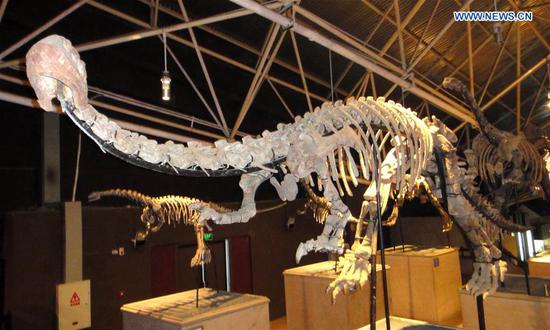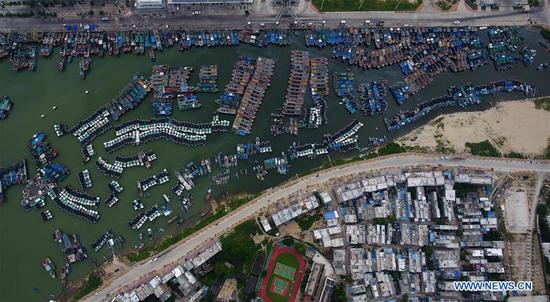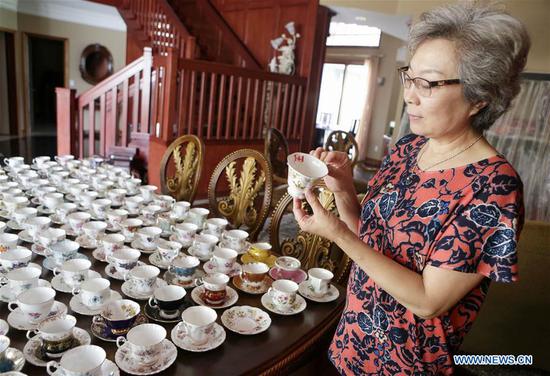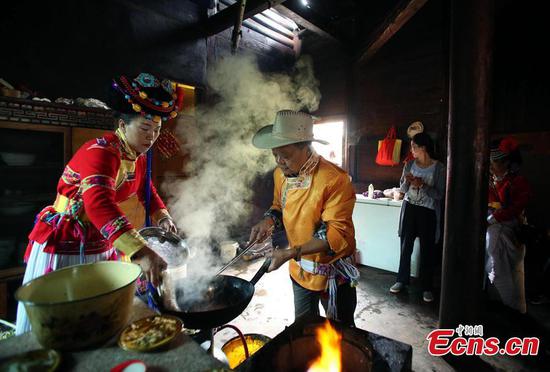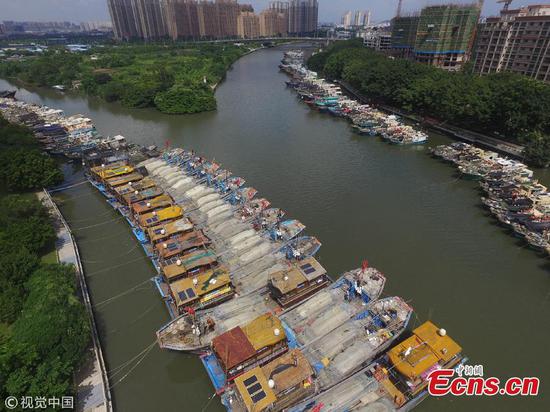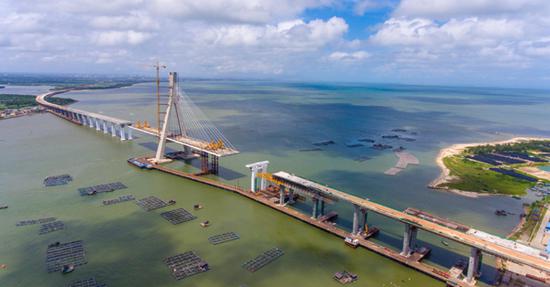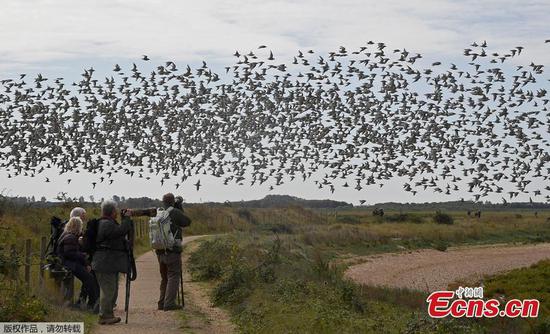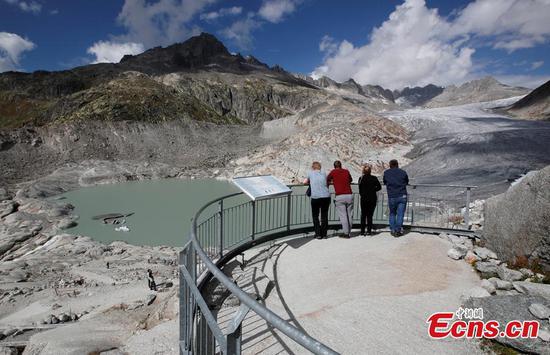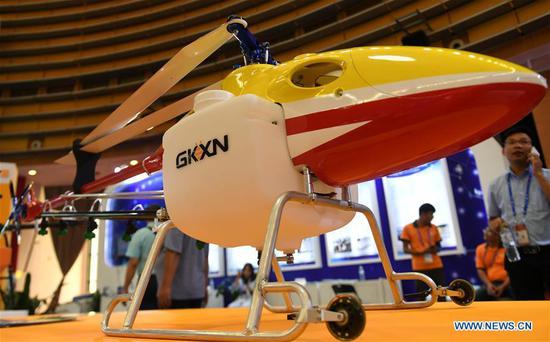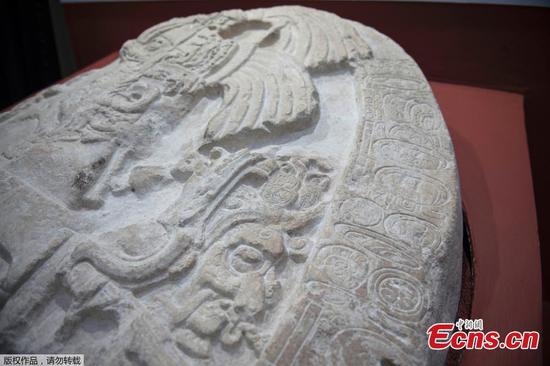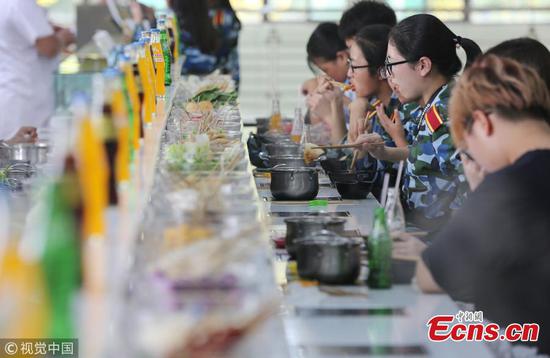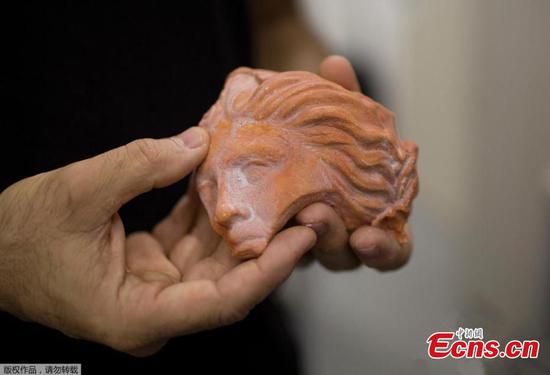Life took a surprising turn in early 2016 for Bounmy Phonmixay, a 21-year-old young woman in the central Lao town of Kasi, when a team of engineers arrived for a rail project near her home.
It was literally a game-changer.
A single mum, Bounmy lives with her mother and her three-year-old daughter. Two years ago, she was almost in a depressing state of hopelessness, struggling to make ends meet by growing paddy rice and vegetables on leased land. Then, she found a job working at the construction site of the China-Laos railway, an infrastructure project under the Belt and Road Initiative.
When she showed up for an interview with Xinhua recently at the railway project site in Kasi, she was wearing the makeup she likes.
"I like wearing makeup, but I seldom did it in the past since I didn't have much money back then. Now I can afford my own cosmetics and put on makeup whenever I want to," she said joyfully.
THE GAME-CHANGER
The Chinese engineers were there to prepare for the railway project, which links the Mohan-Boten border gate in the northern part of the landlocked country with the capital Vientiane.
Bounmy was offered the job in 2016 to cook for the builders who were away from home. She got to know many of the builders and was happy with her new job. She learned to cook some dishes, both Chinese and Lao.
"I earn 1.5 million kip (about 176 U.S. dollars) every month. I give 200,000 kip to my mother, spend 500,000 kip on my daughter's snacks, milk and toys, and still have 800,000 to myself," she said.
"Although it is quite a busy job, working here makes me feel like being home," she added.
The China-Laos railway is the first overseas route to connect with the railway system in China, leveraging Chinese technology, equipment and investment. It is designed to have an operating speed of 160 km per hour.
"We grow excellent paddy rice and xiaomila (a pepper) here in Kasi, but not many people know it," she said. "Hopefully, with the new railway in place, more people would travel to Kasi and take our products farther away so they would be better known to all."
The railway is expected to be fully operational in 2021, but Bounmy does not worry about losing her job by then.
"I have learnt a lot from my work, especially Chinese cooking. When the railway is in place, there will be many people traveling around the station, then I'll start my own restaurant there," she said.
Proposed by China in 2013, the Belt and Road Initiative refers to the Silk Road Economic Belt and the 21st Century Maritime Silk Road, which are aimed at building a trade and infrastructure network connecting Asia with Europe and Africa along the ancient trade routes of the Silk Road on land and at sea.
Over the past five years, a series of cooperation projects have kicked off and some have been completed, changing the lives of many along the routes.









